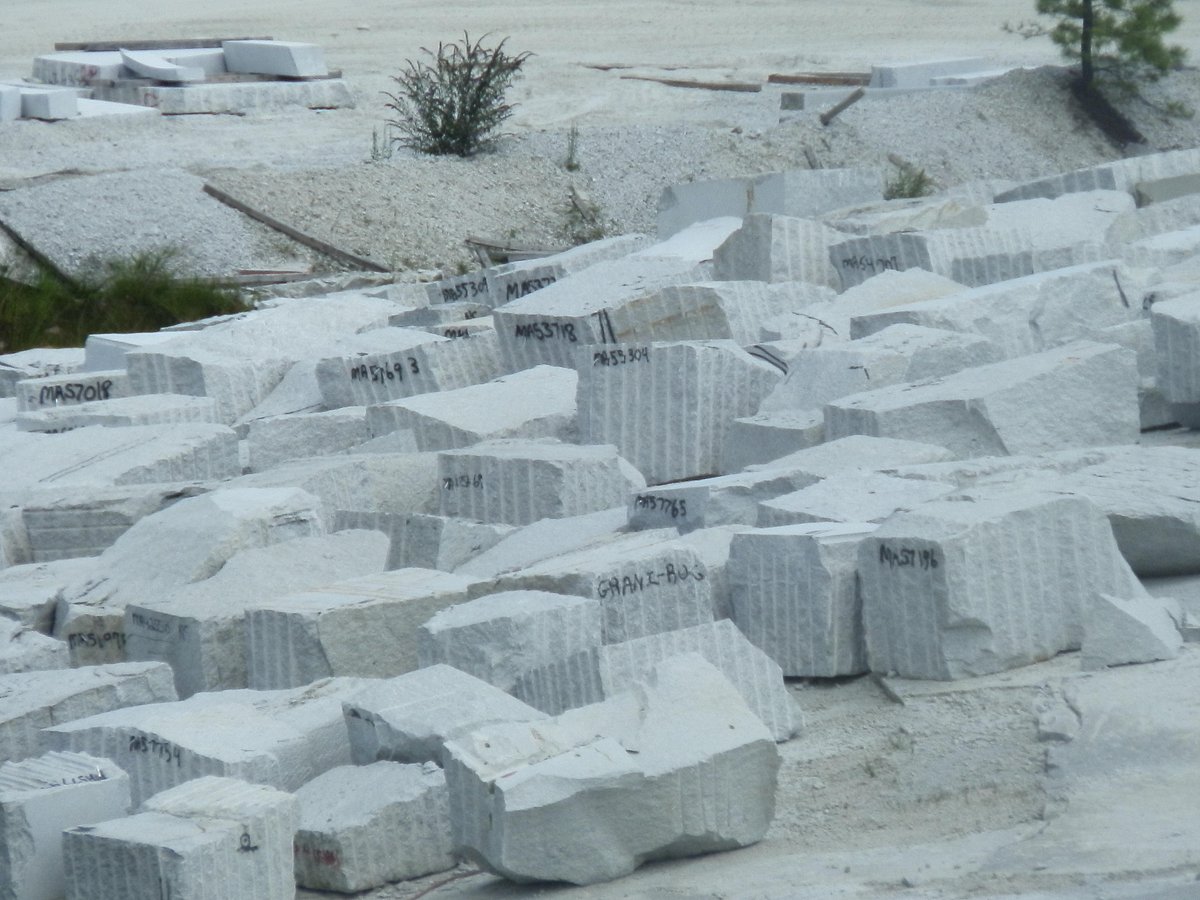The Surprise Gems: Checking Out Granite Quarries in South Africa
The Surprise Gems: Checking Out Granite Quarries in South Africa
Blog Article
Unearthing the Rich History and Sustainable Practices of Granite Quarrying
As we stand on the precipice of revealing the elaborate tapestry of granite quarrying, a journey with time exposes not simply the physical act of drawing out stone but also the cultural and historical value woven into the very fabric of this method. From the old beginnings that laid the structure for modern-day quarrying methods to the sustainable techniques that are forming the future of this sector, each sculpt mark on granite surface areas narrates waiting to be uncovered (granite quarries in south africa). The tradition of granite quarrying extends much past mere extraction; it is a testament to human resourcefulness, durability, and the enduring appeal of this magnificent rock
Old Beginnings of Granite Quarrying
Dating back to ancient civilizations, the technique of quarrying granite has been an important part of human background and building development. The earliest proof of granite quarrying days back to old Egypt, where enormous pyramids and complex sculptures were crafted from this sturdy stone. The Egyptians used primitive devices to draw out granite blocks from quarries, showcasing the value of this material in their monumental buildings.
Progressing in history, the Greeks likewise made substantial contributions to the quarrying of granite. The Greeks made use of granite in various architectural wonders, such as holy places and statues, showing their ability in shaping and carving this durable stone. The Romans even more refined the techniques of quarrying granite, utilizing sophisticated tools like knives and hammers to essence and form granite for their legendary frameworks.
Via the centuries, the technique of quarrying granite has developed, with contemporary technologies improving performance while maintaining the timeless charm of this all-natural rock - granite quarries in south africa. From ancient worlds to contemporary home builders, the tradition of granite quarrying continues to shape our world
Development of Quarrying Techniques
The advancement of quarrying techniques has actually been marked by a continual development in the direction of better performance and precision in extracting granite. From the basic methods used by our ancestors to the sophisticated technologies made use of in modern quarrying operations, the sector has undergone considerable advancements. Early quarrying strategies included manual work with standard devices such as blades, hammers, and wedges to remove granite blocks from the earth. As civilizations advanced, techniques like fire-setting and primitive nitroglycerins were introduced to promote the extraction procedure.
In more current times, the arrival of machinery changed the quarrying market, allowing faster removal prices and raised performance. Technologies such as diamond wire saws, high-pressure water jets, and pneumatic drills have become basic in modern-day quarries, allowing for specific cutting and minimized waste. Improvements in computer-controlled tools and 3D modeling have enhanced quarrying procedures, leading to minimal ecological impact and boosted sustainability techniques. As the need for granite remains to climb, the advancement of quarrying methods remains integral to meeting sector requires efficiently and sustainably.
Social Importance of Granite
Granite holds an extensive social relevance across various people due to its long-lasting presence in architectural work of arts and prized monoliths. The cultural value of granite expands past its physical characteristics; it personifies durability, security, and timelessness, making it an icon of enduring heritages and practices.

Lasting Practices in Quarrying
Among the abundant background of granite quarrying and its social importance lies a growing emphasis on lasting practices within the industry. As ecological understanding and issues about source depletion have actually increased worldwide, the quarrying sector has actually progressively embraced lasting techniques to minimize its influence on the atmosphere and bordering communities.

In addition, improvement and rehab of quarry sites post-extraction are indispensable to lasting practices. By bring back quarried locations to an all-natural or helpful state, such as creating wild animals habitats or entertainment spaces, quarriers can offset the ecological footprint of their procedures and add positively to the regional community.
Heritage of Granite Quarrying
With a historical background soaked in craftsmanship and commercial progression, what sustaining influence has granite quarrying left on the landscape of modern society? The tradition of granite quarrying goes beyond plain extraction practices; it has shaped architectural marvels, metropolitan landscapes, and social heritage worldwide. The sturdy nature of granite has actually made it a recommended choice for monuments, structures, and facilities, standing as a testimony to the ability and creativity of quarry employees throughout generations.
Moreover, the economic footprint of granite quarrying can not be ignored. The market remains to give employment possibility and drive regional economies in areas where granite extraction his response is widespread. It has also stimulated technological innovations in quarrying methods and tools, causing more reliable and lasting methods.
In terms of sustainability, the heritage of granite quarrying includes efforts to mitigate ecological effects via improvement jobs and liable resource management. By stabilizing financial rate of interests with environmental stewardship, the market strives to make certain that future generations can proceed to profit from this long-lasting natural resource.
Verdict

Report this page